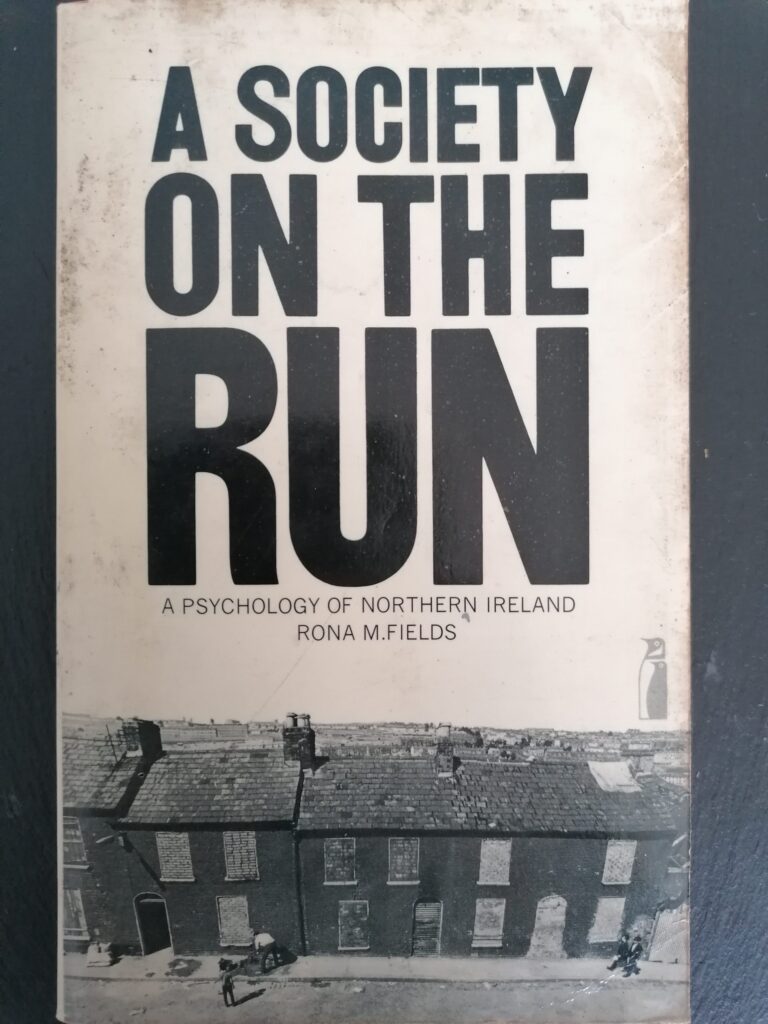
The book history of Rona M. Fields’s “A Society on the Run (1973)”: A case study in the alleged suppression of psychological research on Northern Ireland

news, new scholarship & more from around the world


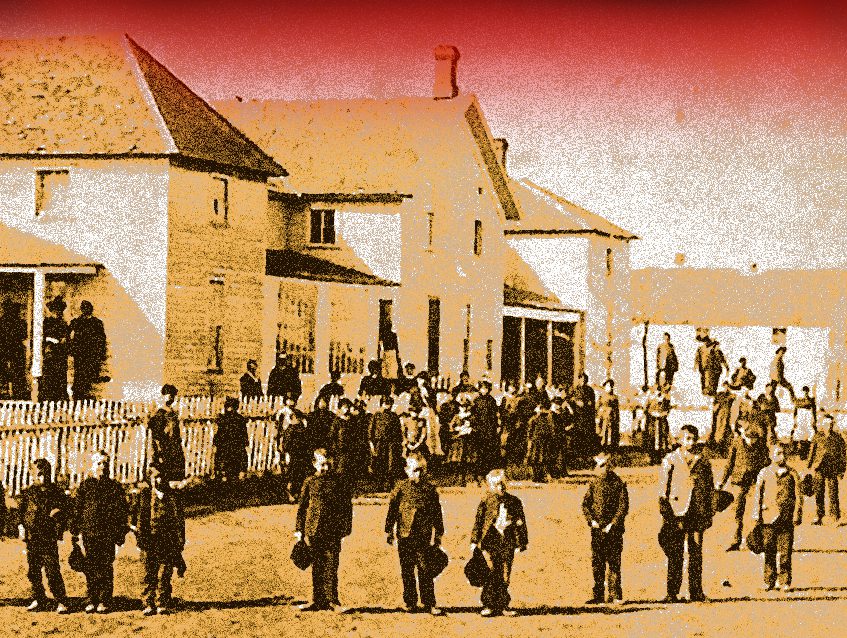
“The only thing we have left is the cemetery where many of our Quapaws are buried,” says Carrie Wilson, whose mother was forced to attend St. Mary of the Quapaws school in Oklahoma.

Throughout an unusually sunny Fall in 1970, hundreds of students and faculty at Syracuse University sat one at a time before a printing computer terminal (similar to an electric typewriter) connected to an IBM 360 mainframe located across campus in New York state. Almost none of them had ever used a computer before, let alone a computer-based information retrieval system. Their hands trembled as they touched the keyboard; several later reported that they had been afraid of breaking the entire system as they typed.
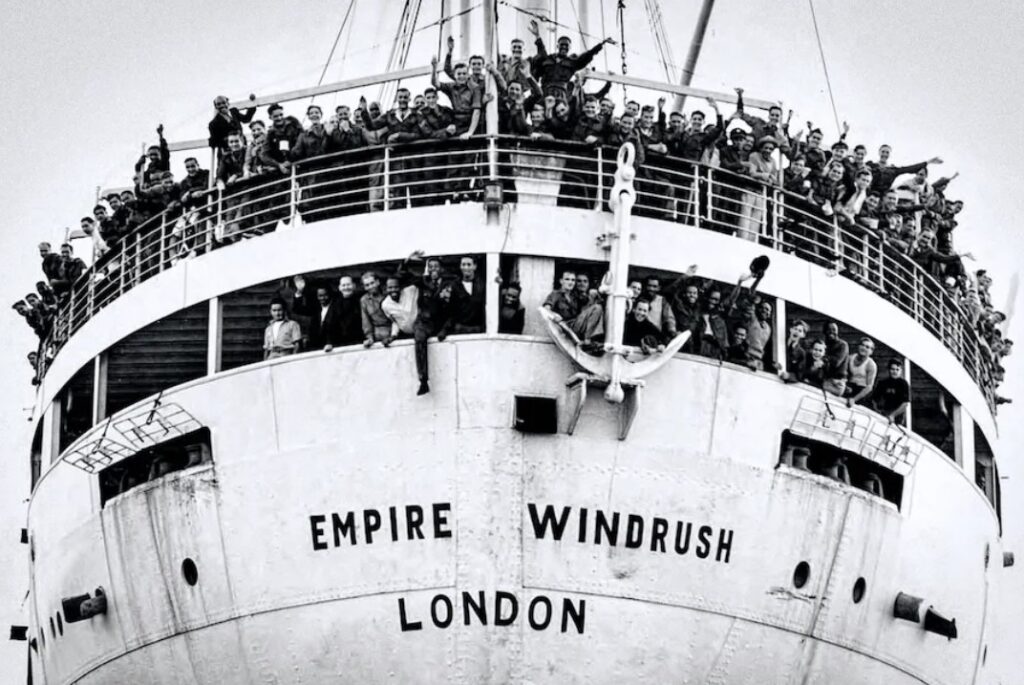

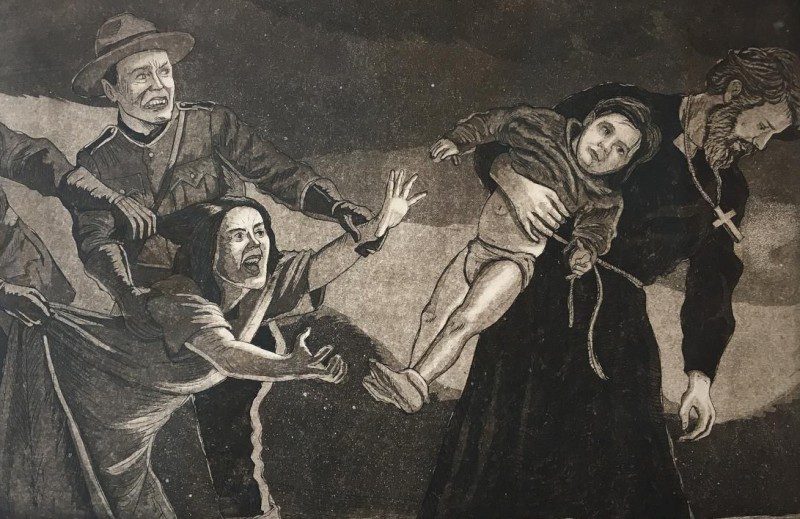

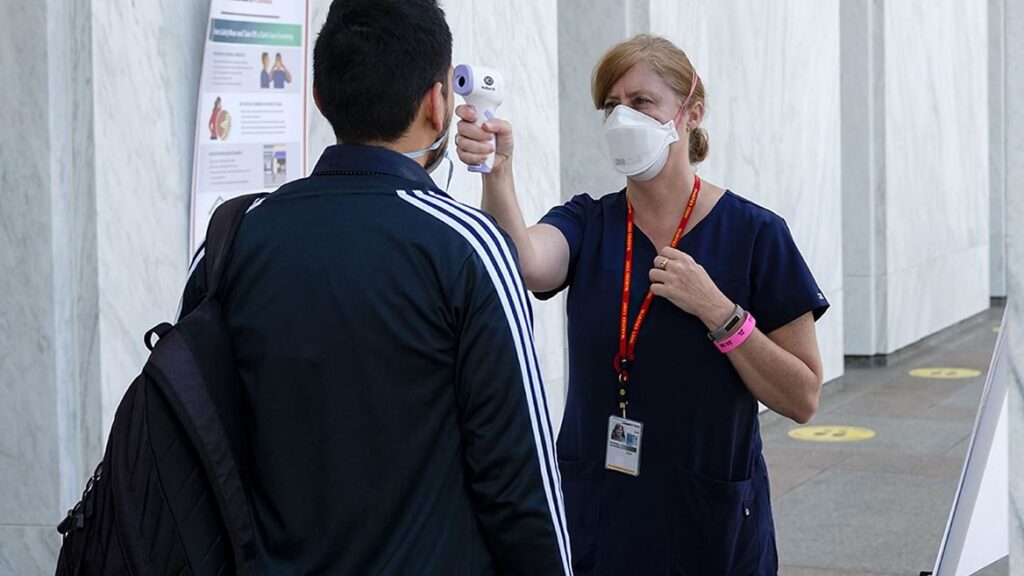


Guthrie knew and sang about the needs of America’s poor, such as this Depression-era impoverished family of nine on a New Mexico highway.
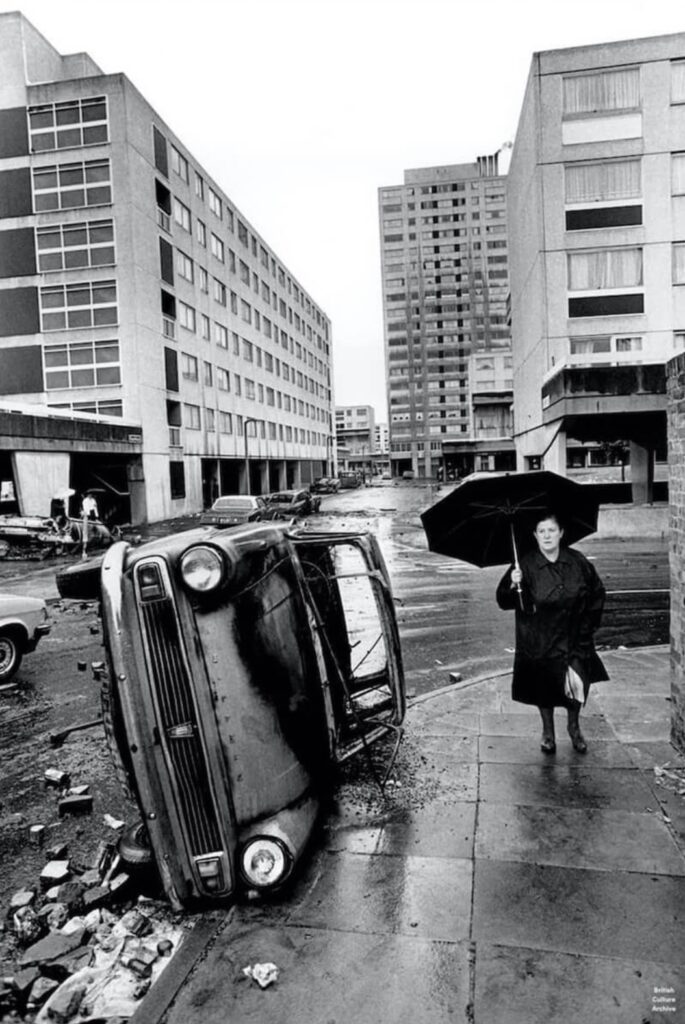



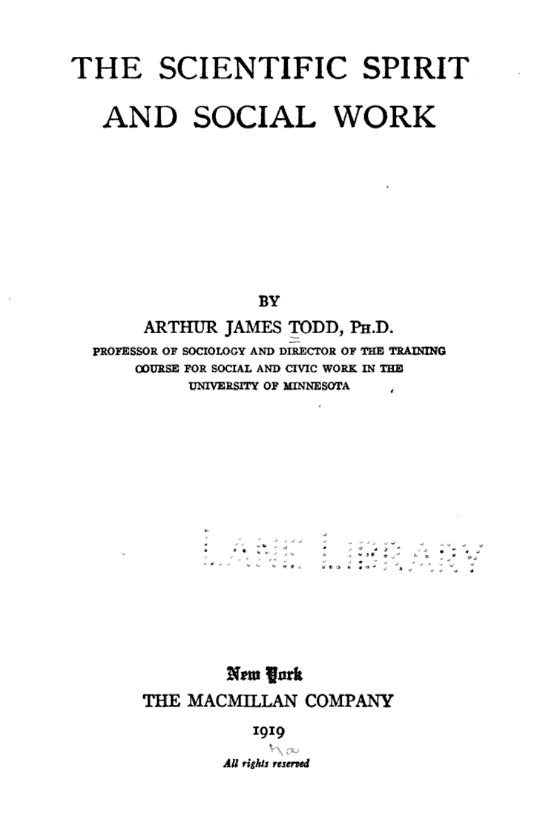






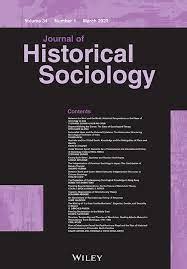
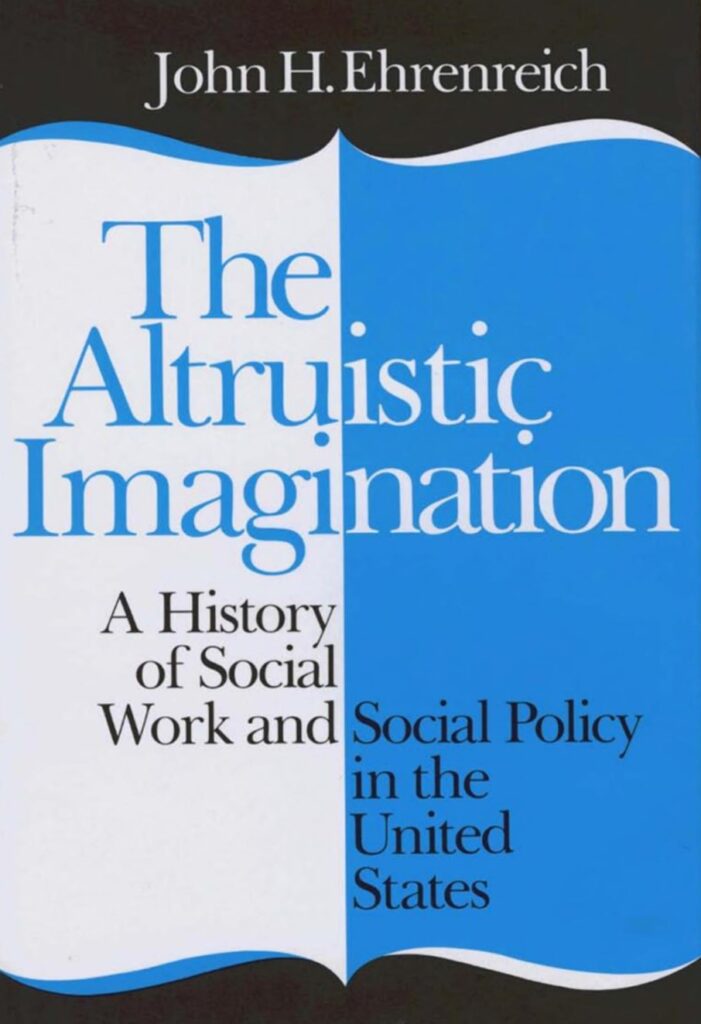
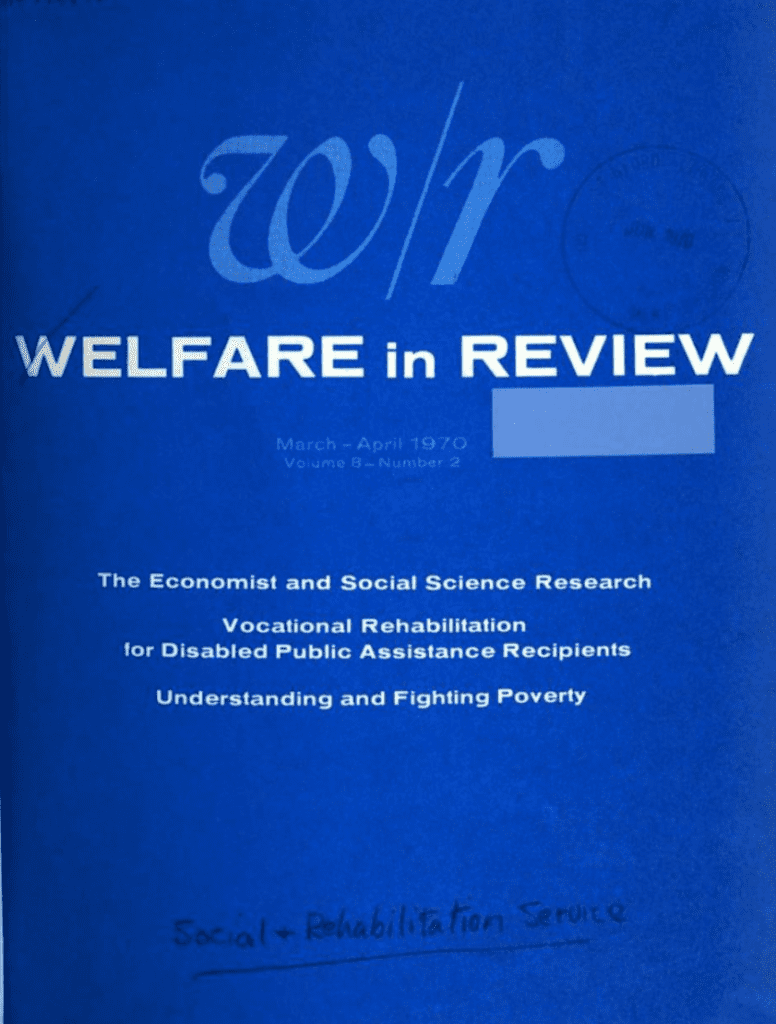
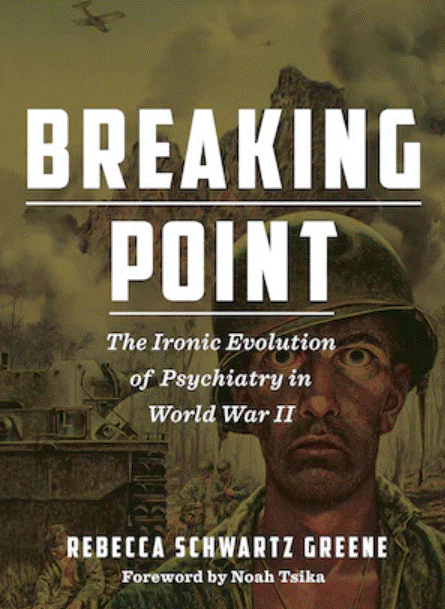
https://ifp.nyu.edu/wp-admin/post-new.php
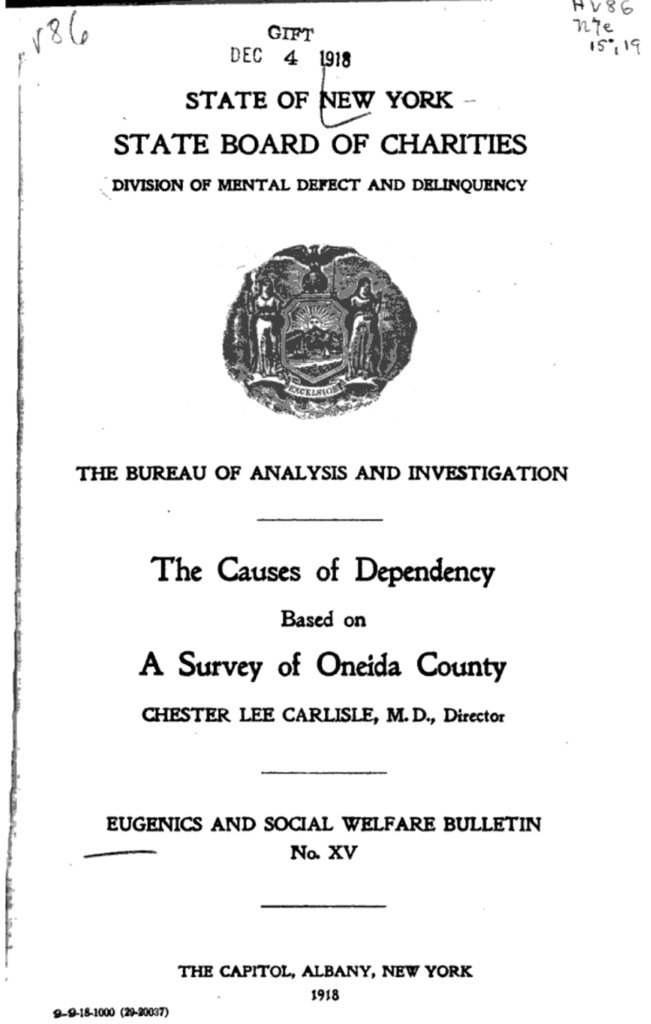

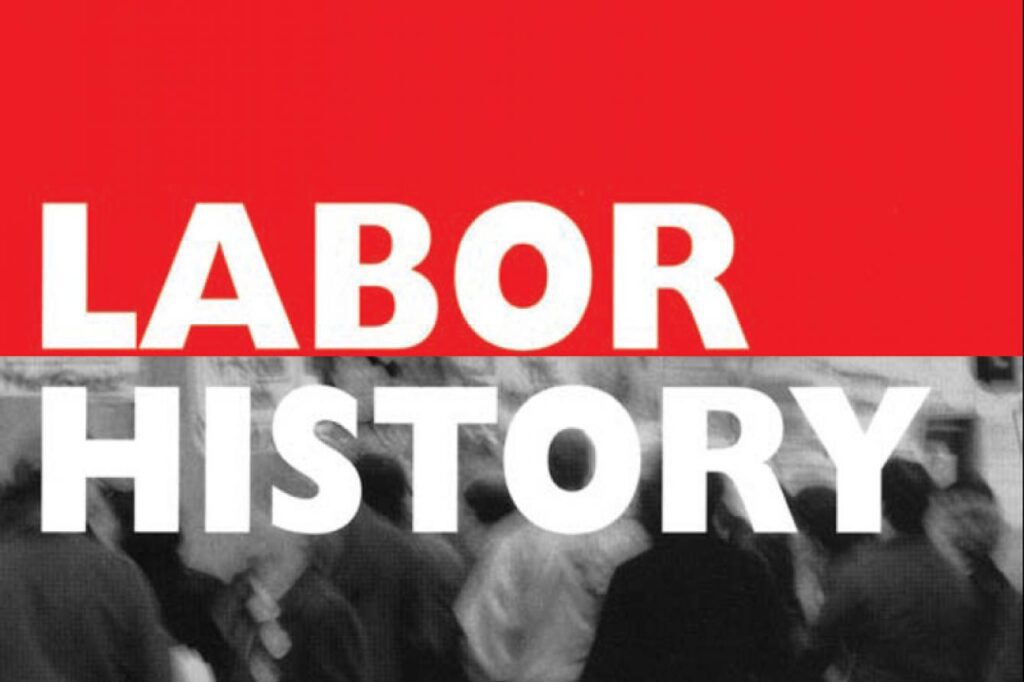

Urbanization has played a key role in shaping twentieth-century demographic changes in Latin America and the Caribbean (LACar). As a result, scholarly research on domestic migration and the family has primarily focused on fertility differentials by migration status in urban areas, finding a robust negative correlation between internal migration and fertility. This research has overlooked how this relationship varies across types of migration flows other than rural-to-urban migration and by women’s age at migration and social class. Additionally, not enough attention has been paid to the family formation and dissolution trajectories underlying the lower fertility of rural migrants. I use a life-course inductive approach to examine these overlooked aspects among women from 10 LACar countries, including the three largest countries by population. Using retrospective information on women’s childbearing and marital histories from the Demographic and Health Surveys, I build an eight-category typology of family paths and study the conditional distribution of this typology by women’s age at migration, educational attainment, and origin/destination area. This examination demonstrates that social class is the primary source of differentiation across family formation and dissolution trajectories and that low-class young rural migrants played a crucial role in the demographic transformations that occurred in the region.
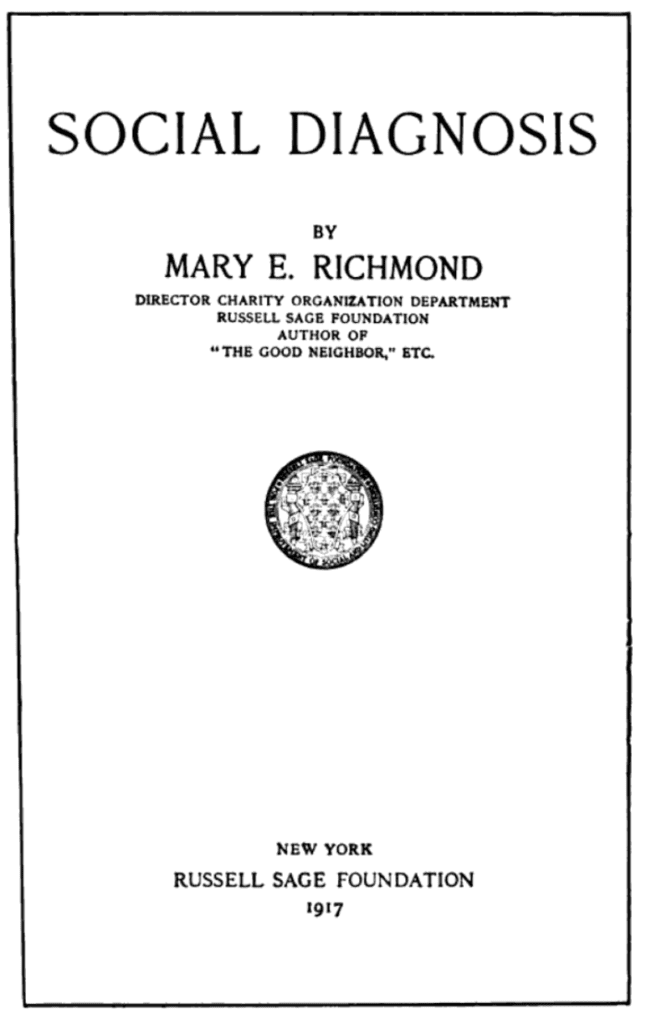
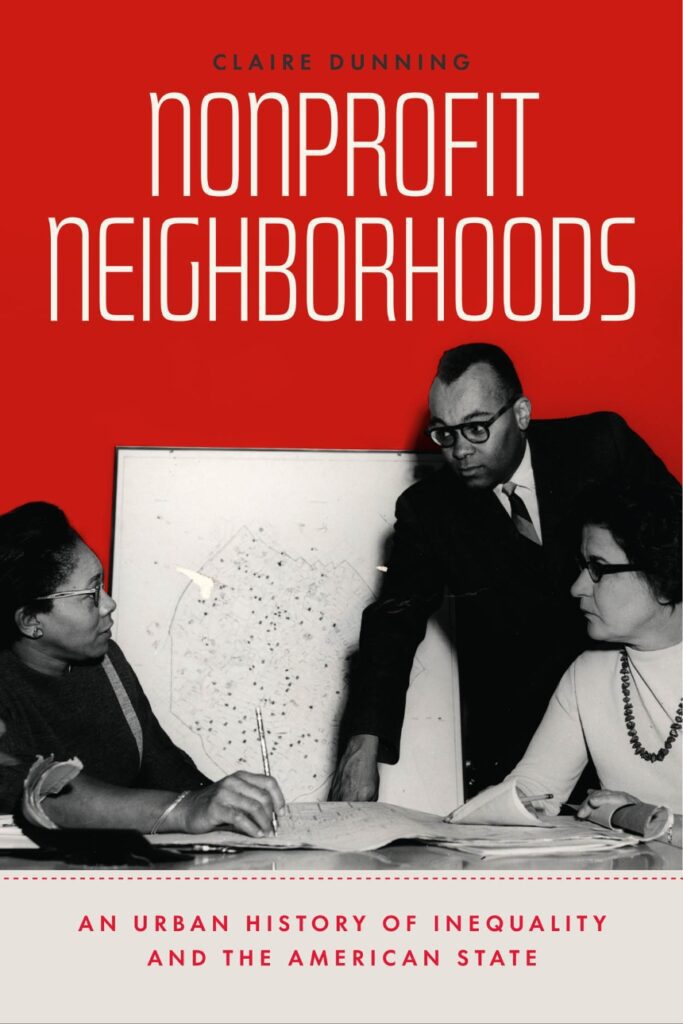
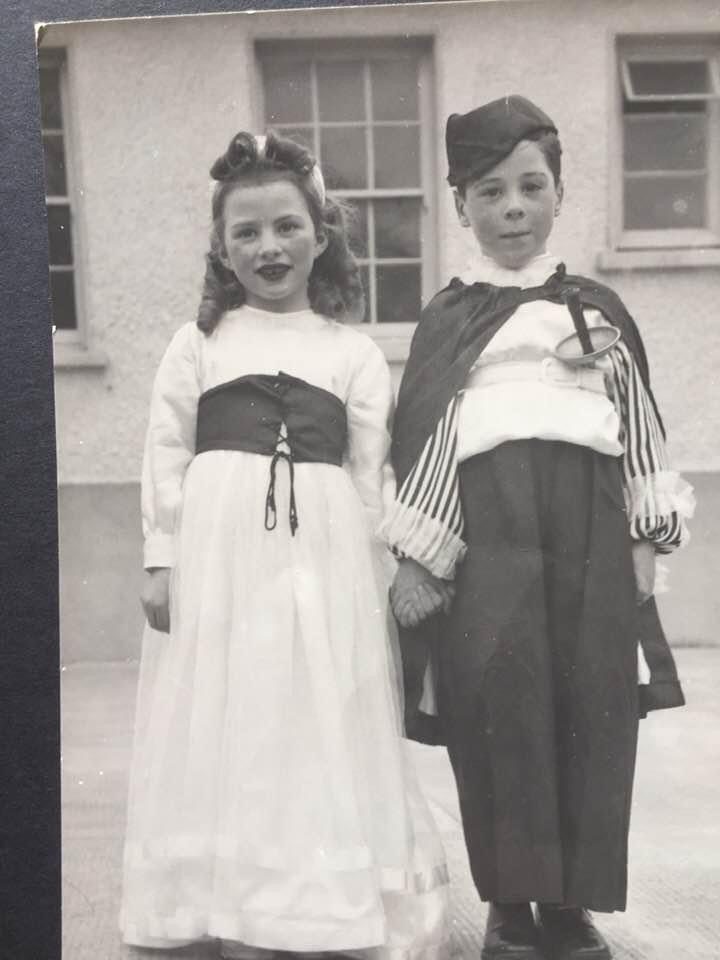
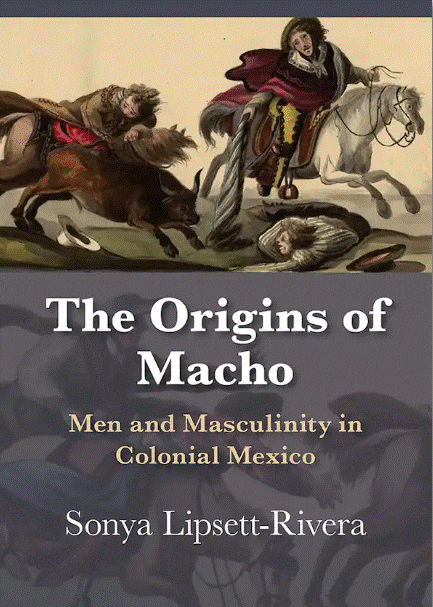
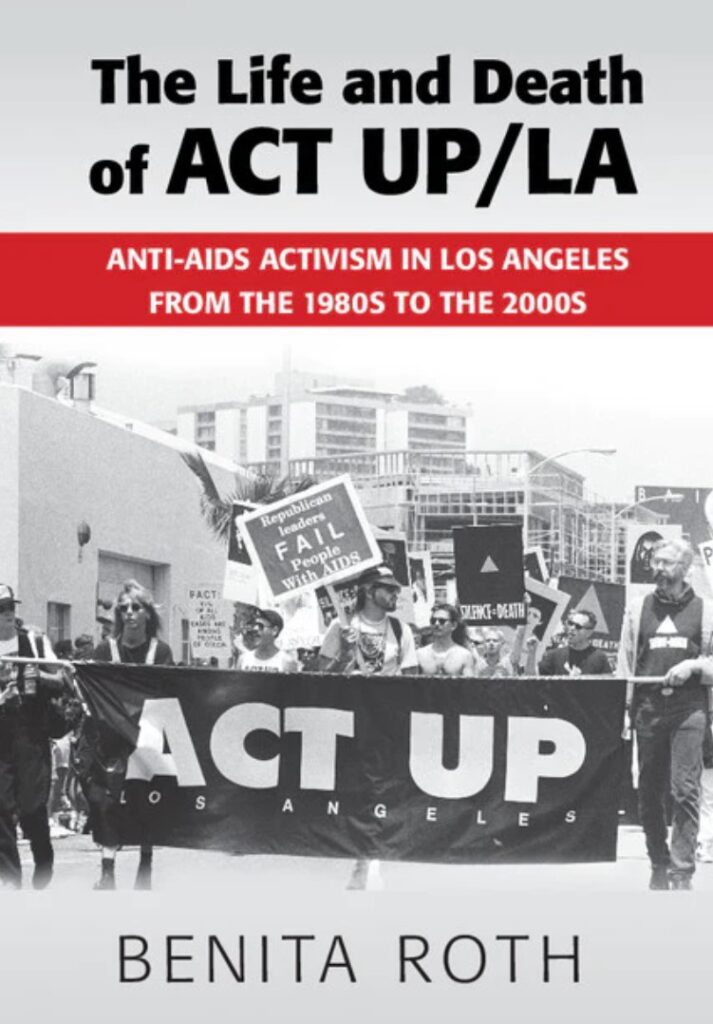
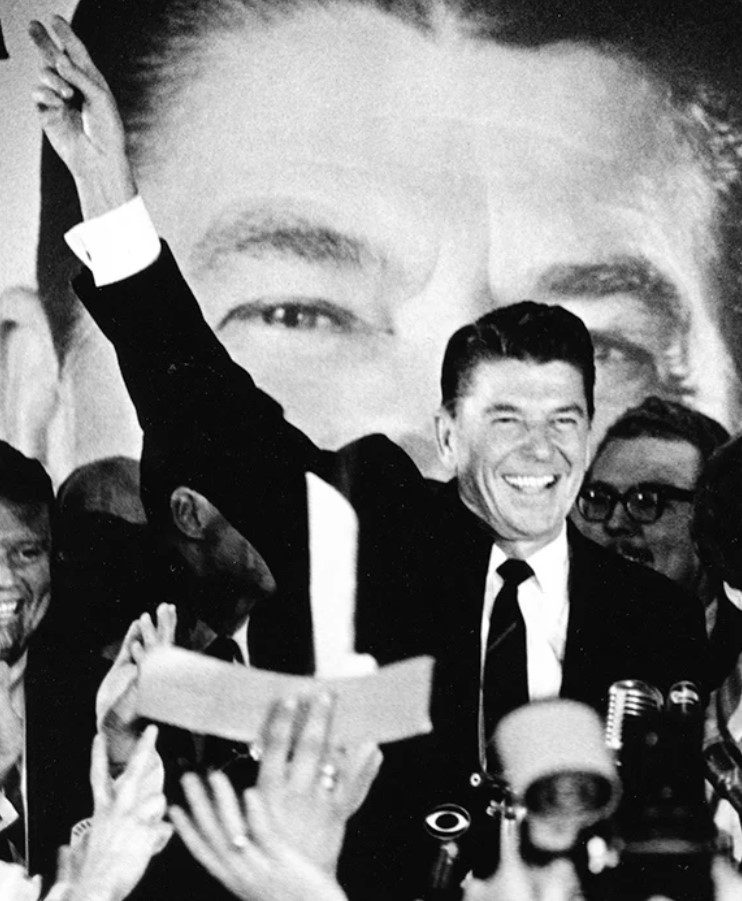
In 1966, the American Council of Education chose Berkeley as the nation’s “best balanced distinguished university.” But for Reagan’s gubernatorial campaign, campus radicalism was a goldmine. Rhetorically, he tied the “rioting” and “anarchy” of Berkeley students to academic freedom run amok and communist professors indoctrinating the next generation. He promised that, if elected, he would institute a code of conduct for faculty and appoint former CIA chief John McCone to investigate why “the campus has become a rallying point for Communism and a center of sexual misconduct.”
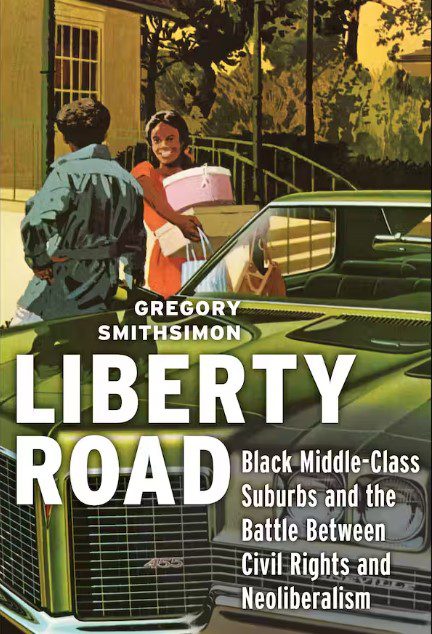
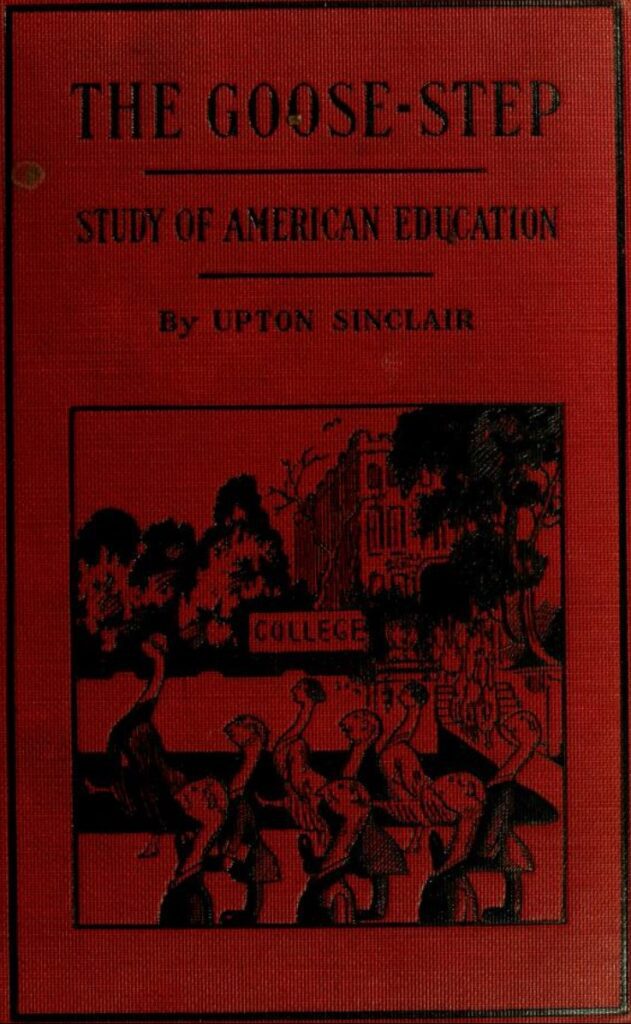
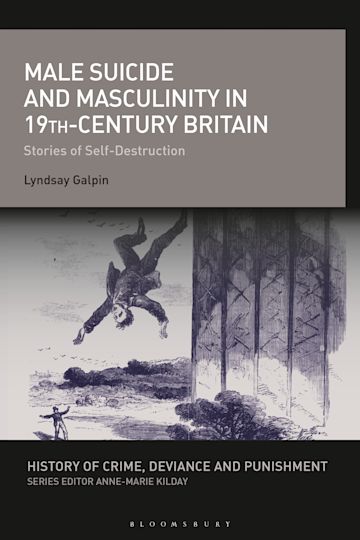



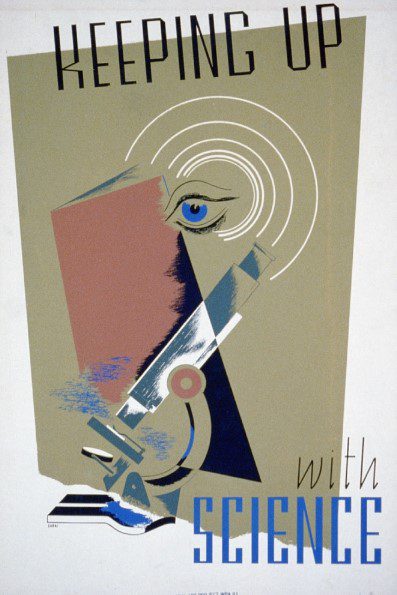
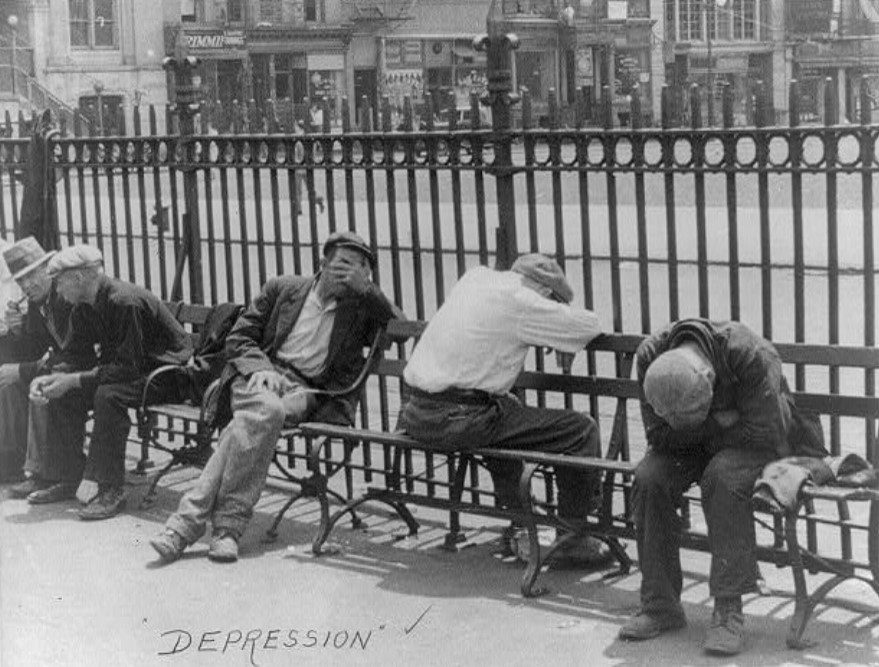
1934 Haddon Heights, New Jersey
